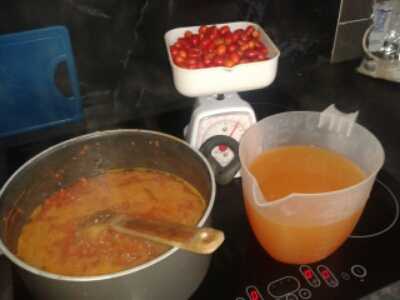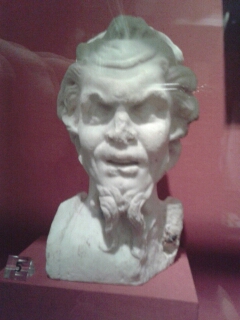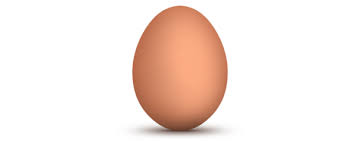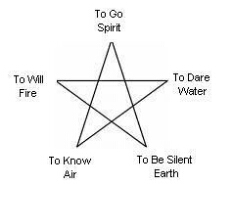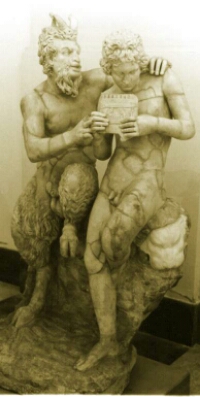Hekate is one of the few Goddess within the Greek pantheon who hold power within each of the three realms as the Greeks understood them. In Theogoney Hesiod explains that Hekate’s holds these dominions by right of birth but as a result of her standing with the new Father of the Gods, Zeus. So great that not only was she allowed to maintain her possessions and powers as a Titan goddess but more were heaped upon Her and He would seek her guidance on important matters.

Theogoney looks at the formation and structure of the Greek Cosmos and all the major God’s and Goddess get mentioned at some point but it is clear that Hekate is singled out for special attention. Some readers cite Hesiod’s other classic, “Work and Days”, and his linking the name of Her father with his brother, Persues, as evidence that Hesiod and his family were devoted to Hekate in particular.
“I call Einodian Hecate, lovely dame, of earthly, wat’ry, and celestial frame”
Orphic Hymn to the Musæus
The epitephs Chthonia (of the Earth), Einalian (of the Sea) and Ourania (Celestial, Heavenly) are the three from the Orphic Hymn that clearly link Hekate to the three realms. Although not as common as other epithet combinations they form a triad that can be used to invoke Her presence and a basis on which one can reflect on her spheres of influence. Chthonia (also spelt Khthonia) is a commonly explored epithet whilst Ourania is rarely considered, being sidelined in favour of other titles such as Soteira (saviour) and Angelos (mother of angels/messengers). I had intended to have worked with the Ourania epithet ahead of this blog post however Hekate had other things in mind, but more on that later.
As an epithet Einalian has traditionally been replaced with other epithet types entirely. Normally this is with a epithet such as Kleidoukhos or epitaphs exploring her role as guide and psychopompe however there is an increasing movement with Her devotees exploring her Einalian epithet to one degree or another.
The personal gnosis and experience of the epithet varies greatly from person to person and covers a large range of expressions and praxis. In my own experience in ritual and meditation Hekate Einalian is the sea in all its moods. Her form is within the waves and her voice carried by the breeze that forms them. Einalian could support my body with her essence, the water, or drag me to my death. Like all Her forms, Hekate Einalian is not simply loving but contains a destructive quality when roused. She has not present herself as having a physical form, although she has left with me a clear impression of what she is and, more importantly, what she is not.
Before I elaborate I want to examine Her connection to the sea in terms of what the the Greek writers share with us about her oceanic connections.Hekate is specific referred to as holding a portion of “unfruitful sea”, which can be imagined to refer to the dark waters of the deep sea where ancient methods of fishing might be less productive, currents and weather less predictable and generally an uncomfortable place to be. Modern fishermen know that there is a rich haul to be had in deep waters which heavy metal dredging nets and mechanical hauling equipment is designed specifically to plunder, less accessible to surface nets and hand hauling. However that’s not to say that she should not be offered the fruits of her sea as part of Her due.
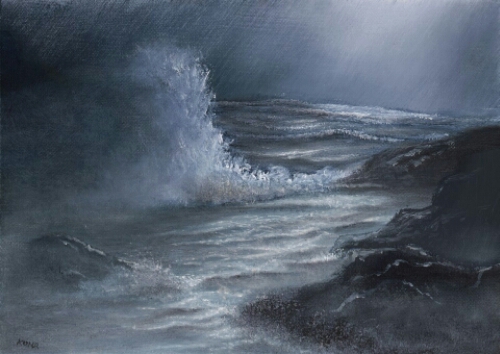
” … and to those whose business is in the grey discomfortable sea, and who pray to Hecate and the loud-crashing Earth-Shaker, easily the glorious goddess gives great catch, and easily she takes it away as soon as seen, if so she will.”
Hesiod Theogoney
This excerpt not only shows that Hekate can be called upon to help secure a catch of silvery fish but that without recognition she is as capable of taking that wealth away as easily as she can bring it. It also reinforces that she is associated with a ‘discomfortsble’ sea, presumably a stormy sea which presents some form of danger, and links her to an appellation more commonly associated with Posidon, ‘Earth-Shaker’. This further emphases that the Sea that Hekate Einalian is associated with is not entirely picturesque or comforting. There is something dark and dangerous about this life giving resource and the Goddess associated with it.
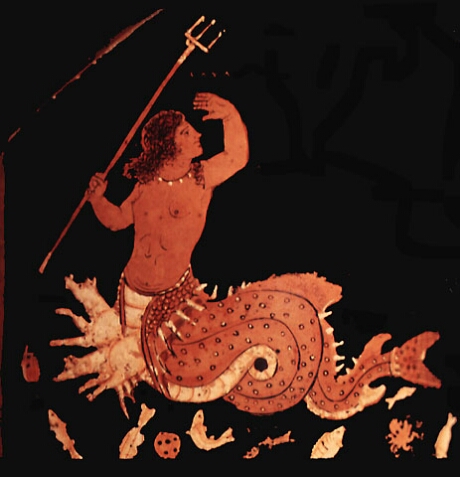
Hekate, under the guise of another epithet Kratais (the strong one, of the rocks), is also known as the mother of monsters. Apollonius Rhodius names Hekate Kratais as the mother of Skylla, fathered by Phorkys the Titanic god of hidden dangers of the deep. Skylla is a monstrous sea creature, with twelve legs and six ravenous heads which would munch their way through any Grecian sailor who sailed too closed when passing between her and Kharybdis. The episode in the Odyssey where Odysseus passes between Skylla and Kharybdis is a perfect example of the phrase “…between a rock (certain death by Kharybdis) and a hard place (a hard choice leading to loss but ultimately the lesser loss)”.
Looking at her daughter, and the God that fathered such a child, this is a goddess with dark oceanic connections. These dark connections bring me back around to the impression left by Einalian regarding what she is, and is not, when attempting to imagine her.
As devotees explore this aspect Hekate a profusion of artwork and attempts to describe and depict Her. Personal gnosis is a powerful thing, and I strongly believe that a persons experience of any deity is filtered through their personal experience and a result of their ability to experience said deity. Hekate presents herself in a way which is accessible to the devotees invoking Her. There are some wonderful images appearing on the great WWW of Einalian inspired oceanic scenes, the Goddess stood within her realm surrounded by great waves and so on. I am always in awe of those that share their devotional art both because of the artists talent and their confidence in sharing it. On the other hand there is another presentation of the Einalian image that I am significant less comfortable with. This has generally come up in conversation and image sharing on forums and groups and relates to mermaid imagery.
Setting as side the mythology of the mermaid (which is not really explored by those sharing images which is a shame given the darker shades that exist) it is the cgi, computer generated art work that grates my nerves so much. Its not that it is poor on an artistic level, although the issue of body image and the unrealistic presentation of both women and myth is a problem, or even that I have a problem with mermaids in a more general sense. The problem is that it is impossible to reconcile the image of a weepy,wide eyed dolphin cuddling mermaid with flawless hair/skin/scales with an understanding of Hekate that accepts the darker elements of Her character.

On one occasion a commentator even went as far as to present Ariel of “the Little Mermaid” fame as a method of communicating the Enalian theme which made me positively shudder. If I had to choose any animated character to represent Enalian it would be Ursula, the evil Sea Witch of the same Disney movie. There are Heketean themes captured by the animators, invoking both Skylla and Kharybdis as Ursula takes on her gigantic form after gaining the powers of Triton. As the Sea Witch she inhabits a liminal if undersea realm, cast out and feared as inhabiting a haunted space where she uses spells and pharmaki to achieve her ends. That parallel is limited however as Ursula’s caring side is portrayed as self serving and ultimately destructive and her focus totally upon gaining power in this undersea world which is inconsistent with the many layered personality of Hekate.
In terms of working with this epithet the ocean is the key. If you are able enter the sea and communicate with her directly in that way then that is ideal however not everyone lives near the ocean and meditation and visualisation is another way to approach her. When working with any epithet I always find it useful to invoke it by name and even spending a little time chanting it. With these three epithets once I have entered my meditation in the usual way I come to stand at the bottom of a sea cliff which gives me three options, walk towards the ocean and communication with Enalian, enter a near by cave and communicate with Chthonia or scale the cliff in some way and communicate with Ourania. I have found that if there is something that Hekate wants to communicate with you on and wishes to do it through a different aspects to the one you invoked She plays a trump card. So far when attempting to work with Ourania I have found my self moved in other directions, most recently into Chthonia’s cave, and my intentions have been sidelined. Not that I am complaining, as it’s usually informative and necessary communication. It just hasn’t helped me produce a very well rounded look at both of her lesser known epithets. Perhaps she is making sure I still have something to blog about later 😉
References
Orphic Hymn
Hesiod text taken from Hesiod from The Hymns and Homerica with an English Translation by Hugh G. Evelyn-White from Perseus Tufts
Images
Earth Sea Sky by Anita Stizzoli
Stormy Sea by Steve Kohr
Red – figure kalyx krater depicting Scylla: (rest of vase depicts Zeus, Europa, Triton) Greek, from Paestum, in southern Italy; c. 340 BCE


